

News
SpaceX’s first Cargo Dragon 2 recovery delayed by Atlantic Ocean weather
Update: The first undocking, orbital reentry, and splashdown of SpaceX’s upgraded Dragon 2 cargo spacecraft was aborted by NASA ground controllers minutes before the process was scheduled to begin. According to NASA, weather in the preferred recovery zone – off the coast of Daytona Beach, Florida – was to blame.
“As a result of adverse weather conditions at the targeted splashdown zone off the coast of Daytona Beach, Florida, SpaceX has waved off today’s planned departure of an upgraded SpaceX Dragon resupply spacecraft. Teams are currently assessing weather conditions to determine the next opportunity for undocking.”
NASA – January 11th, 2021
SpaceX’s upgraded Cargo Dragon spacecraft is just a day or two away from its first International Space Station (ISS) departure, Earth reentry, and ocean splashdown.
The uncrewed Dragon capsule (known as C208) and its expendable trunk section are currently scheduled to depart from the ISS no earlier than the morning (EST) of January 12th – set to be the first time an uncrewed US cargo spacecraft autonomously undocks from the orbital outpost. Previous US cargo vehicles – including SpaceX’s own Cargo Dragon – have relied on berthing, rendezvousing with the ISS and hovering close by while a giant robotic arm was used to capture and secure each spacecraft.
Cargo Dragon 2 wont be the first outright to do so: the uncrewed European ATV and Russian Progress vehicles both used the Russian Docking System (RDS) to deliver cargo to the ISS over the last two decades. However, Dragon’s CRS-21 departure will be the first time an uncrewed cargo spacecraft completes a full mission with the help of NASA’s new International Docking Adapter (IDA), as well as an IDA’s third round-trip use ever.
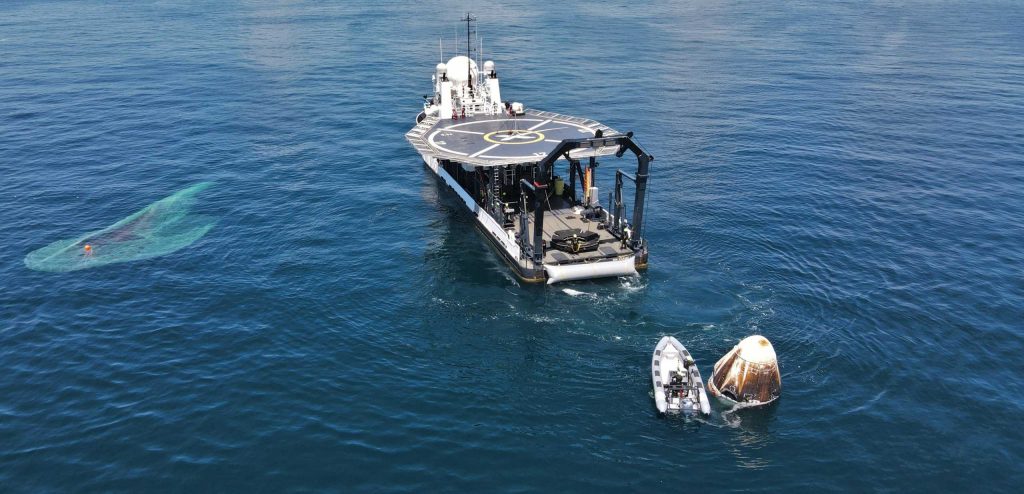
In fact, SpaceX is solely responsible for the four total uses of the Space Station’s twin IDA ports – both fittingly delivered by Cargo Dragons in 2016 and 2019. In March 2019, Crew Dragon – flying without astronauts on its Demo-1 mission – became the first spacecraft ever to autonomously dock with and undock from an IDA port. In May and August 2020, a separate Crew Dragon spacecraft repeated the feat, autonomously docking and undocking with two NASA astronauts onboard.
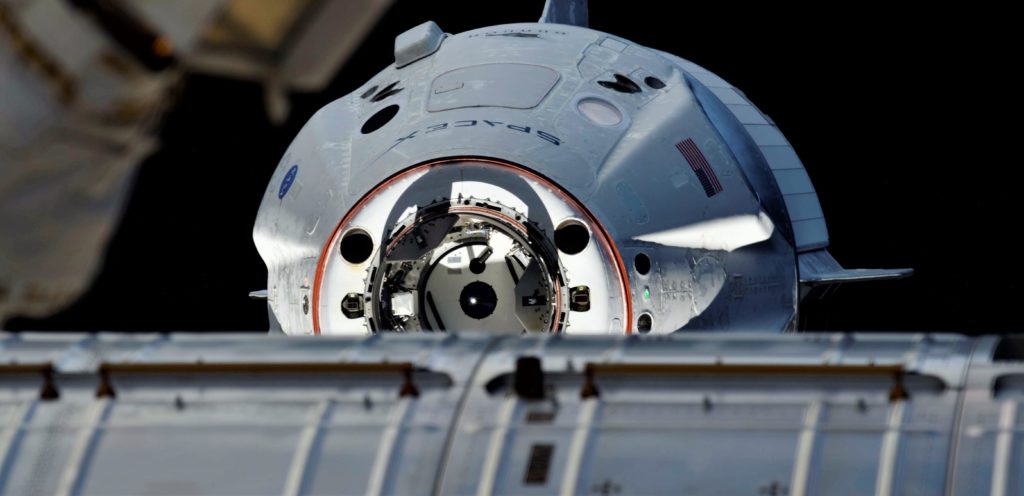
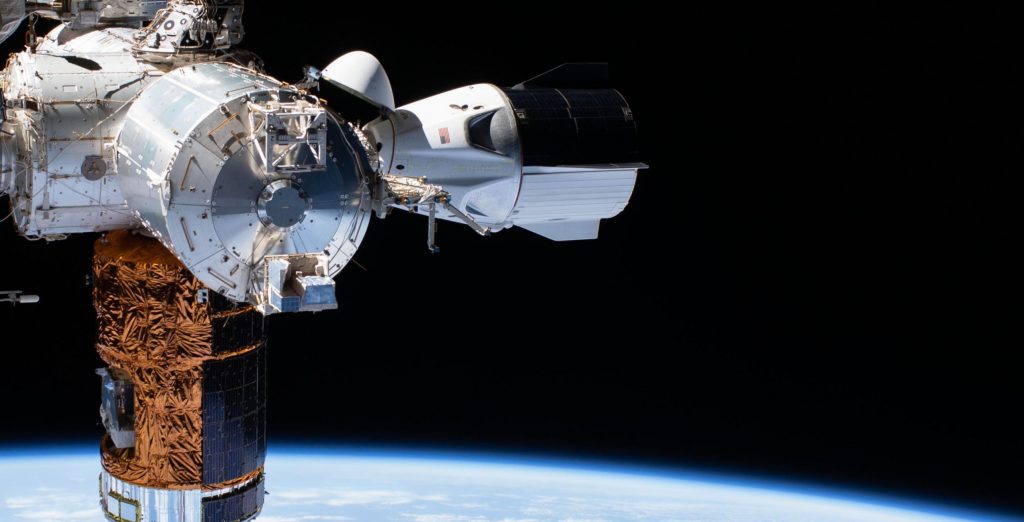
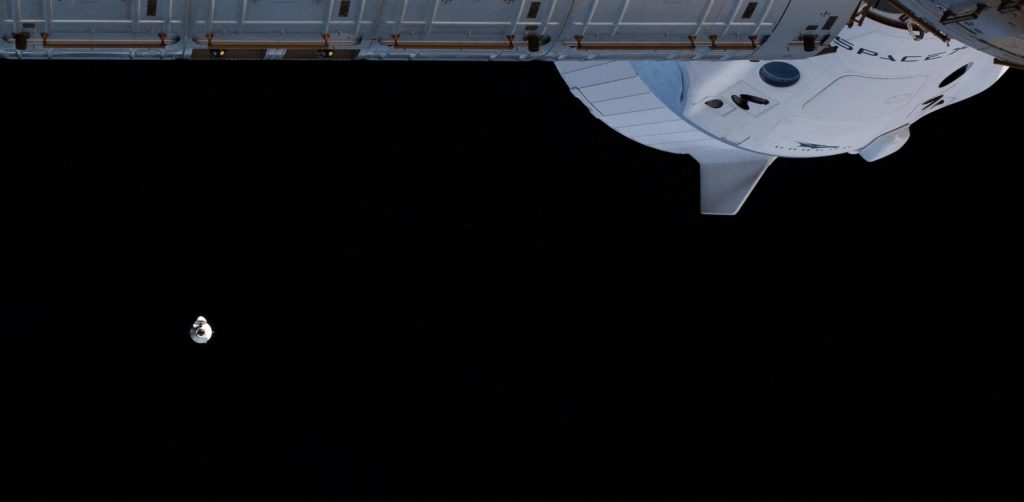
In November 2020, SpaceX launched Crew Dragon on its first operational ferry mission with four astronauts. The spacecraft safely docked to the ISS and is scheduled to remain there until at least March or April 2021. Most recently, SpaceX launched its first Cargo Dragon 2 on December 6th, 2020, and the spacecraft docked without issue a day later. Now scheduled to undock as early as January 12th, a successful departure, reentry, and splashdown will truly mark the start of a new era of autonomous SpaceX spacecraft.
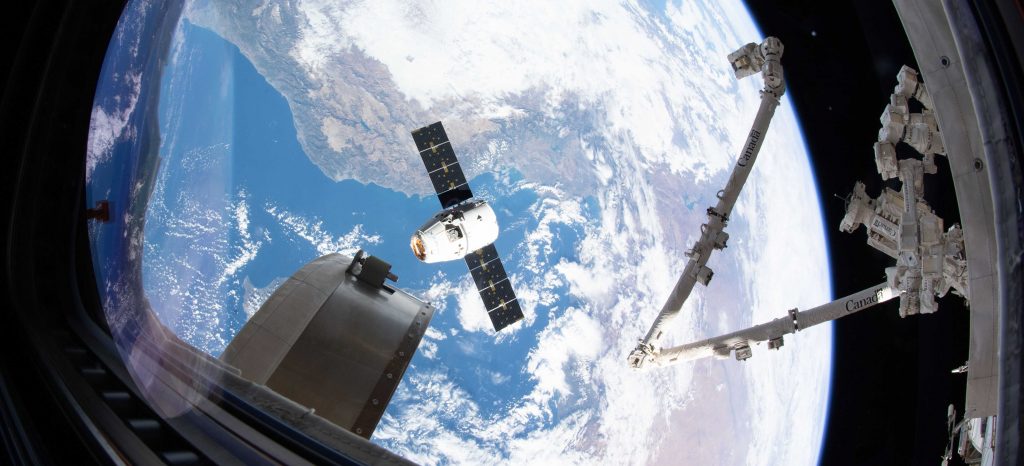
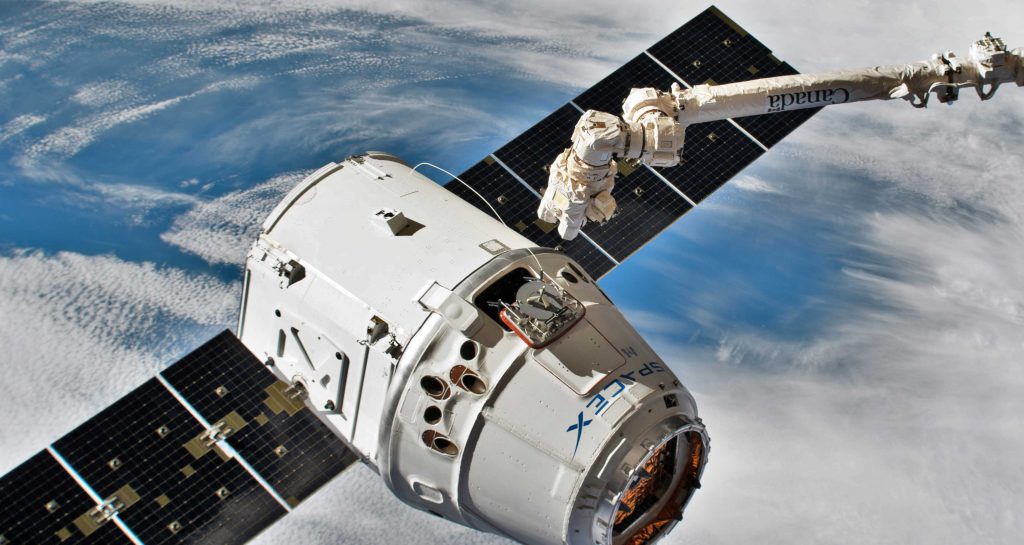
Unlike the largely manual berthing method used by Japanese HTV, Orbital ATK Cygnus, and SpaceX Cargo Dragon spacecraft, SpaceX’s Crew Dragon and Cargo Dragon 2 vehicles took advantage of IDA’s mechanical differences to heavily automate the cargo and crew delivery process. Using LiDAR, cameras, complex software, SpaceX’s new Dragons effectively dock themselves, ultimately requiring less training and work for the station astronauts that would otherwise need to manually support berthing operations.
Used to support refrigerated or otherwise power-intensive cargo, Cargo Dragon 2 features twice as many “powered lockers” as its predecessor and is scheduled to return an impressive ~2360 kg (5200 lb) of cargo – including dozens of science experiments – to Earth. More than a decade after Dragon became the first private spacecraft to successfully reenter Earth’s atmosphere, Cargo Dragon is still the only spacecraft in the world capable of delivering substantial cargo from Earth to orbit and from orbit to Earth.
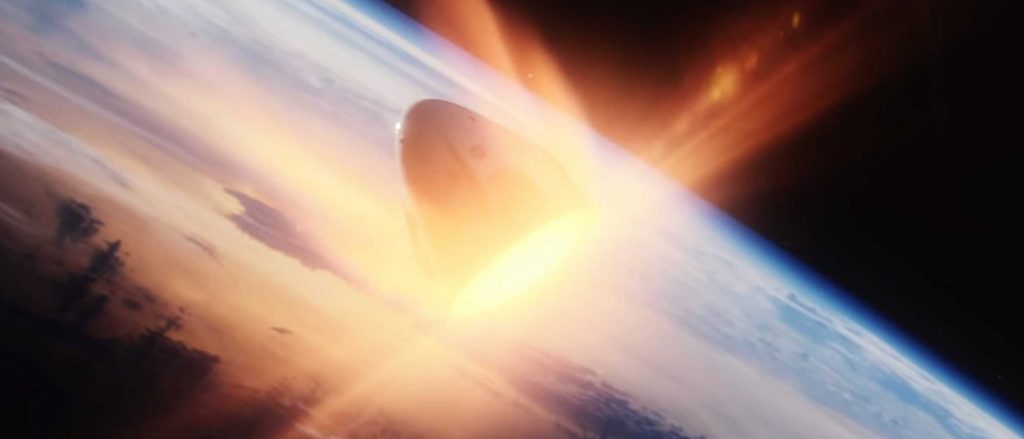
After detaching from its expendable trunk section and reentering Earth’s atmosphere, Cargo Dragon C208 will also become the first cargo spacecraft to splash down in the Atlantic Ocean or Gulf of Mexico thanks to SpaceX’s decision to consolidate its California and Florida Dragon recovery operations on the East Coast.
Also used to recover Crew Dragons, SpaceX ship GO Searcher departed Port Canaveral for its central role in CRS-21’s imminent splashdown. Once Cargo Dragon C208 splashes down at one of four available recovery zones, SpaceX recovery teams will grab and secure the spacecraft and open its hatch. Uniquely time-sensitive cargo can then be transferred to a waiting helicopter for an unprecedentedly rapid return to researchers back on land,
Stay tuned for SpaceX and NASA’s live coverage of Cargo Dragon 2’s first ISS departure and recovery on January 12th or 13th.
News
Tesla launches in India with Model Y, showing pricing will be biggest challenge
Tesla finally got its Model Y launched in India, but it will surely come at a price for consumers.

Tesla has officially launched in India following years of delays, as it brought its Model Y to the market for the first time on Tuesday.
However, the launch showed that pricing is going to be its biggest challenge. The all-electric Model Y is priced significantly higher than in other major markets in which Tesla operates.
On Tuesday, Tesla’s Model Y went up for sale for 59,89,000 rupees for the Rear-Wheel Drive configuration, while the Long Range Rear-Wheel Drive was priced at 67,89,000.
This equates to $69,686 for the RWD and $78,994 for the Long Range RWD, a substantial markup compared to what these cars sell for in the United States.
🚨 Here’s the difference in price for the Tesla Model Y in the U.S. compared to India.
🚨 59,89,000 is $69,686
🚨 67,89,000 is $78,994 pic.twitter.com/7EUzyWLcED— TESLARATI (@Teslarati) July 15, 2025
Deliveries are currently scheduled for the third quarter, and it will be interesting to see how many units they can sell in the market at this price point.
The price includes tariffs and additional fees that are applied by the Indian government, which has aimed to work with foreign automakers to come to terms on lower duties that increase vehicle cost.
Tesla Model Y seen testing under wraps in India ahead of launch
There is a chance that these duties will be removed, which would create a more stable and affordable pricing model for Tesla in the future. President Trump and Indian Prime Minister Narendra Modi continue to iron out those details.
Maharashtra Chief Minister Devendra Fadnavis said to reporters outside the company’s new outlet in the region (via Reuters):
“In the future, we wish to see R&D and manufacturing done in India, and I am sure at an appropriate stage, Tesla will think about it.”
It appears to be eerily similar to the same “game of chicken” Tesla played with Indian government officials for the past few years. Tesla has always wanted to enter India, but was unable to do so due to these import duties.
India wanted Tesla to commit to building a Gigafactory in the country, but Tesla wanted to test demand first.
It seems this could be that demand test, and the duties are going to have a significant impact on what demand will actually be.
Elon Musk
Tesla ups Robotaxi fare price to another comical figure with service area expansion
Tesla upped its fare price for a Robotaxi ride from $4.20 to, you guessed it, $6.90.

Tesla has upped its fare price for the Robotaxi platform in Austin for the first time since its launch on June 22. The increase came on the same day that Tesla expanded its Service Area for the Robotaxi ride-hailing service, offering rides to a broader portion of the city.
The price is up from $4.20, a figure that many Tesla fans will find amusing, considering CEO Elon Musk has used that number, as well as ’69,’ as a light-hearted attempt at comedy over the past several years.
Musk confirmed yesterday that Tesla would up the price per ride from that $4.20 point to $6.90. Are we really surprised that is what the company decided on, as the expansion of the Service Area also took effect on Monday?
But the price is now a princely $6.90, as foretold in the prophecy 😂
— Elon Musk (@elonmusk) July 14, 2025
The Service Area expansion was also somewhat of a joke too, especially considering the shape of the new region where the driverless service can travel.
I wrote yesterday about how it might be funny, but in reality, it is more of a message to competitors that Tesla can expand in Austin wherever it wants at any time.
Tesla’s Robotaxi expansion wasn’t a joke, it was a warning to competitors
It was only a matter of time before the Robotaxi platform would subject riders to a higher, flat fee for a ride. This is primarily due to two reasons: the size of the access program is increasing, and, more importantly, the service area is expanding in size.
Tesla has already surpassed Waymo in Austin in terms of its service area, which is roughly five square miles larger. Waymo launched driverless rides to the public back in March, while Tesla’s just became available to a small group in June. Tesla has already expanded it, allowing new members to hail a ride from a driverless Model Y nearly every day.
The Robotaxi app is also becoming more robust as Tesla is adding new features with updates. It has already been updated on two occasions, with the most recent improvements being rolled out yesterday.
Tesla updates Robotaxi app with several big changes, including wider service area
News
Tesla Model Y and Model 3 dominate U.S. EV sales despite headwinds
Tesla’s two mainstream vehicles accounted for more than 40% of all EVs sold in the United States in Q2 2025.

Tesla’s Model Y and Model 3 remained the top-selling electric vehicles in the U.S. during Q2 2025, even as the broader EV market dipped 6.3% year-over-year.
The Model Y logged 86,120 units sold, followed by the Model 3 at 48,803. This means that Tesla’s two mainstream vehicles accounted for 43% of all EVs sold in the United States during the second quarter, as per data from Cox Automotive.
Tesla leads amid tax credit uncertainty and a tough first half
Tesla’s performance in Q2 is notable given a series of hurdles earlier in the year. The company temporarily paused Model Y deliveries in Q1 as it transitioned to the production of the new Model Y, and its retail presence was hit by protests and vandalism tied to political backlash against CEO Elon Musk. The fallout carried into Q2, yet Tesla’s two mass-market vehicles still outsold the next eight EVs combined.
Q2 marked just the third-ever YoY decline in quarterly EV sales, totaling 310,839 units. Electric vehicle sales, however, were still up 4.9% from Q1 and reached a record 607,089 units in the first half of 2025. Analysts also expect a surge in Q3 as buyers rush to qualify for federal EV tax credits before they expire on October 1, Cox Automotive noted in a post.
Legacy rivals gain ground, but Tesla holds its commanding lead
General Motors more than doubled its EV volume in the first half of 2025, selling over 78,000 units and boosting its EV market share to 12.9%. Chevrolet became the second-best-selling EV brand, pushing GM past Ford and Hyundai. Tesla, however, still retained a commanding 44.7% electric vehicle market share despite a 12% drop in in Q2 revenue, following a decline of almost 9% in Q1.
Incentives reached record highs in Q2, averaging 14.8% of transaction prices, roughly $8,500 per vehicle. As government support winds down, the used EV market is also gaining momentum, with over 100,000 used EVs sold in Q2.
Q2 2025 Kelley Blue Book EV Sales Report by Simon Alvarez on Scribd
-

 News3 days ago
News3 days agoTesla debuts hands-free Grok AI with update 2025.26: What you need to know
-

 Elon Musk1 week ago
Elon Musk1 week agoElon Musk confirms Grok 4 launch on July 9 with livestream event
-

 Elon Musk5 days ago
Elon Musk5 days agoxAI launches Grok 4 with new $300/month SuperGrok Heavy subscription
-

 News2 weeks ago
News2 weeks agoTesla Model 3 ranks as the safest new car in Europe for 2025, per Euro NCAP tests
-

 Elon Musk2 weeks ago
Elon Musk2 weeks agoxAI’s Memphis data center receives air permit despite community criticism
-

 News5 days ago
News5 days agoTesla begins Robotaxi certification push in Arizona: report
-

 Elon Musk2 weeks ago
Elon Musk2 weeks agoTesla reveals it is using AI to make factories more sustainable: here’s how
-

 Elon Musk2 weeks ago
Elon Musk2 weeks agoTesla scrambles after Musk sidekick exit, CEO takes over sales
















